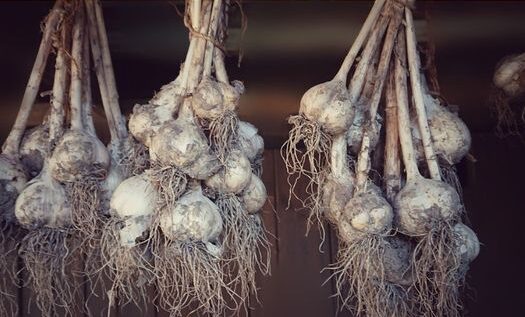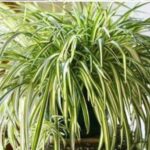In many regions, gardeners plant garlic and onions in November.
Bulbs can be safely planted in frozen soil, but seeds should only be sown when the soil is warm.
The lunar calendar is of great help.
In this article, thanks to the smakdnia portal, we will provide information on the best days for planting garlic and onions.
Good days for planting onions and garlic in November
For correct planting of garlic and onions in November, many gardeners rely on the lunar calendar.
According to the lunar calendar, favorable days for planting winter onions and garlic begin in the second decade of the month.
These are November 12, 13, 14, 19, 20, 21, 22, 23, 25, 26 and 27.
It is important to remember that garlic bulbs planted on day 12, 13 and 14 may have reduced cold hardiness.
On days 21, 22, 23, 25, 26 and 27, the waning moon is in the sign of Scorpio.
This constellation is very fertile for these crops.
The best days to plant garlic and onions are at the beginning and end of the month.
If it is too late or too early to plant in the third decade, it is better to wait until the following month.
The moon is in the fertile signs of the zodiac on November 3, 4, 25, 26 and 27.
Day 3 and 4 is in the sign of Pisces.
However, this is a “wet sign”, so the cold resistance of the planting material will be low.
The most favorable days in November for growing garlic and onions are November 19, 20, 21, 22, 23, 25, 26 and 27.
Those who cannot plant onions and garlic on favorable days should at least avoid less favorable ones.
Astrologers do not specifically recommend November 1, 8, 24, 28 and 29 for sowing.
Processing of garlic and onion before winter sowing
Not all gardeners disinfect planting material before planting.
Many people believe that even if he is infected with viruses, fungi or parasite larvae, winter will not harm him.
If this were the case, the plants would get sick every year, which happens quite often.
So it is necessary to disinfect the planting material before planting it.
However, this must be done sufficiently in advance.
Only well-dried garlic and onion can be planted after soaking, for example, in potassium permanganate.
Therefore, after being soaked, they must be given time to dry.
We hope this information is helpful and that your garlic and onion harvest is plentiful.
How to plant in autumn?
In autumn planting, the onion should withstand even strong frosts, so it is planted at a depth of 8-10 cm.
This is the difference from planting in the spring, when it should be above the ground.
Individual onions are planted about 4 to 5 cm apart, in rows with at least 25 cm of space.
Where to plant?
If you plant the onion where the root vegetable used to be, you will get small bulbs.
This is because the root vegetable absorbs nitrogen from the soil, which the onion needs to grow.
The best conditions for fall onion are where there used to be beans, peas, tomatoes, pumpkins or cucumbers.
If you have no choice but to plant onion in place of the root vegetable, plant the vika siatu root plant first.
It grows rapidly even during the shortest days and withstands the coldest climate.
It has the ability to improve the quality of the soil and, more importantly, return nitrogen to it. A good supply of nitrogen will be reflected in the flavour, which will be stronger and more aromatic.
“Winter” varieties of onion are grown primarily for the green fragrance, which is harvested early in spring, as it surpasses classic onion varieties by several weeks.
Also notable are the small onions that form in spring.
What we don’t consume in spring, we let ripen normally.
A disadvantage can be the lower keeping capacity of mature onions, although some varieties are exceptions.
Protection against disease, frost and increased resistance
Previously, this proven method of soaking garlic was used.
The onions were left for 1 week at around 20 degrees, for example in a cardboard box in a single layer.
Then they were immersed in a saline solution for three hours: 1 tablespoon of salt per liter of warm water.
The onions were gently rinsed with clean water.
Finally, they were soaked in a potassium permanganate solution for two hours, rinsed gently with clean water, allowed to dry slightly, and then planted.
Today, gardeners have proven that soaking in a solution of Sulky-K (5%) is effective. We leave the onions to soak for about 8-12 hours.
For 1 kg of onion, 1 liter of solution is used.
Moisture = a big onion
The lack of moisture in spring does not benefit the onion. If it is not moist enough in spring, we water.
Not directly on the green stem, but around it.
Fresh onion all year round!
This onion is not as suitable for prolonged storage as the summer one, but it has a big advantage: with this cultivation, you will have onion throughout the year: consume the summer crop until spring and then use the winter onion crop from spring to summer. This way, you will have a guaranteed fresh harvest all year round!


